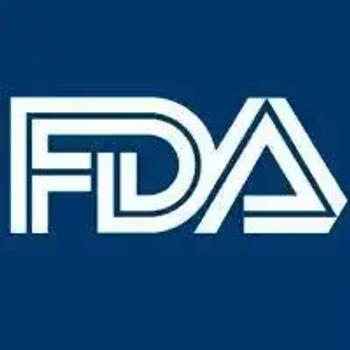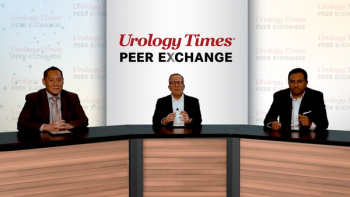
TikTok, social media does more harm than good for prostate cancer education
Key Takeaways
- Social media platforms are major sources of prostate cancer misinformation, affecting patient education and care provider relationships.
- Misinformation is often spread by unlicensed individuals posing as healthcare providers, leading to confusion and poor health decisions.
Social media spreads significant misinformation about prostate cancer. Experts urge clinicians to provide trusted information sources.
Popular social media platforms, such as TikTok, YouTube, and Instagram, could be doing more harm than good when it comes to purveying medical information about
Presented at the
“Our study highlights a crucial need for healthcare providers to equip patients with accurate evidence-based information to counteract the misinformation they see online,” said lead investigator Stacy Loeb, MD, MSc, PhD, professor of Urology and Population Health at New York University and Manhattan Veterans Affairs. “We recommend that clinicians provide patients with an information prescription. This prescription would include curated, trusted sources of information that are directly relevant to their individual case.”
TikTok and its potential existence within the US have been a hot topic in recent months, but TikTok and other social media platforms have been in the crosshairs of medical professionals for some time as a source of education and rampant misinformation. Loeb, along with fellow investigators representing institutions across the US, sought to explore the role of popular social media platforms in combating or furthering the spread of inaccurate medical information, specifically within the field of prostate cancer.1
With this in mind, investigators conducted a mixed-methods study assessing the top 300 English- and Spanish-language social media posts about prostate cancer across YouTube, Instagram, and TikTok, alongside interviews with healthcare providers and community health workers.1
For the purpose of analysis, posts were scored using published criteria to assess the extent and type of misinformation, and investigators identified the qualifications of speakers through professional licensing databases and hospital websites. Qualitative interview transcripts were independently coded by 2 team members using a constant comparative method, with NVivo software supporting analysis.1
Common misinformation topics included supplements, diet, causes of prostate cancer, symptoms, screening, treatment, recurrence, and sexual function. Findings suggested misinformation shared by individuals presenting as healthcare providers was more persuasive to lay audiences. However, investigators pointed out most "doctors" disseminating misinformation lacked active licensure in fields managing prostate cancer, such as urology, oncology, or radiation oncology.1
Interview data further suggested that people with limited access to healthcare or negative healthcare experiences were at higher risk for misinformation exposure. This exposure was linked to unrealistic expectations, unsafe behaviors, and potential erosion of the patient-physician relationship. Overall, the study found misinformation about prostate cancer to be pervasive across social media platforms, with significant implications for patient care.1
Investigators emphasized distrust in the healthcare system may drive patients to seek information from alternative—and often unreliable—sources. Before concluding, investigators encouraged urologists to provide patients and families with an “information prescription” identifying trusted educational resources to help mitigate the risks associated with online misinformation.1
“Our findings revealed a startling variety of misinformation circulating about prostate cancer, including myths related to symptoms, causes, treatments, even sexual transmission of prostate cancer. The roots of this misinformation are multifaceted,” Loeb explained. “In some cases, it stems from outdated information or misunderstandings about the relationship between prostate cancer and other conditions, such as BPH or the frequency of ejaculation. In other situations, financial motives appear to contribute to the spread of misinformation, such as the promotion of supplements for profit. The repercussions of exposure to misinformation can be significant. It can lead to confusion, anxiety, and ultimately poor health decisions. It can also affect the patient-physician relationship.”
Less than 2 weeks prior to the presentation at AUA 2025, Loeb and colleagues published a qualitative study exploring how urologists and community health workers address patient exposure to online misinformation. Through interviews with 23 providers in the prostate cancer field, they identified key strategies such as validating patient concerns, building trust, promoting digital literacy, and guiding patients to reputable sources.2
The study highlights the importance of non-dismissive communication, patient autonomy, and providing clear, understandable information. Participants also emphasized the urgent need for formal training in managing misinformation during clinical encounters and for public-facing health communications.2
References:
Loeb S, Camacho MR, Nolasco TS, et al. IP04-08 ONLINE MISINFORMATION ABOUT PROSTATE CANCER. J Urol. 2025;213(5S):e211. doi:10.1097/01.JU.0001109780.20015.87.08
Loeb S, Rangel Camacho M, Sanchez Nolasco T, et al. Combating online misinformation in clinical encounters. BJU Int. Published online April 15, 2025. doi:10.1111/bju.16734
Newsletter
Stay current with the latest urology news and practice-changing insights — sign up now for the essential updates every urologist needs.

















